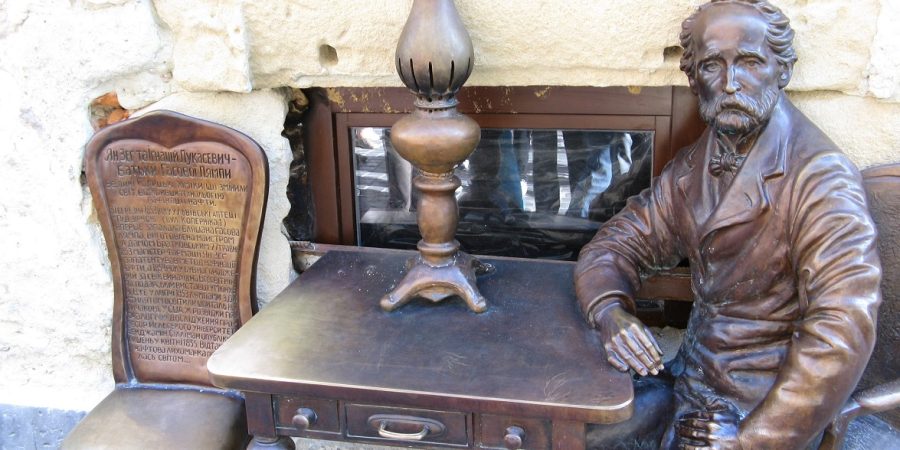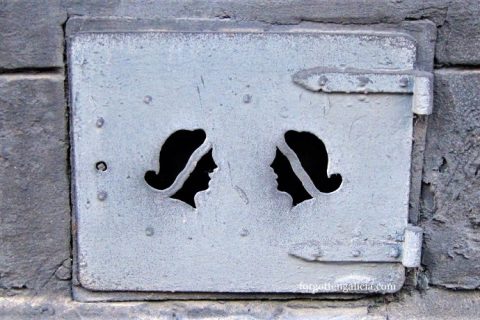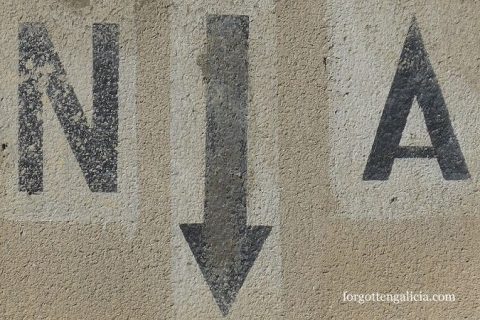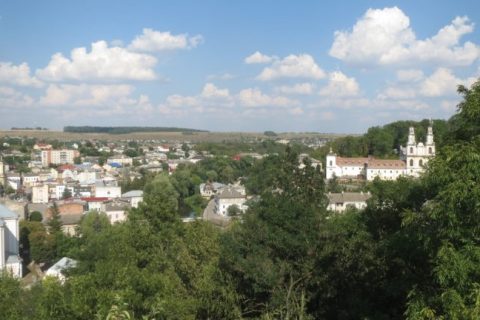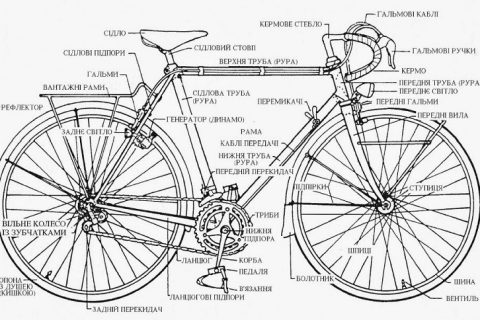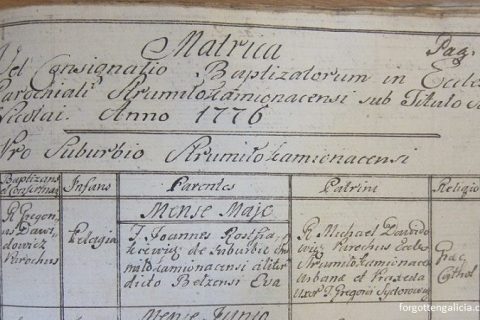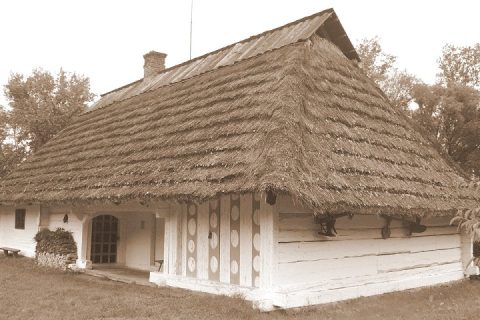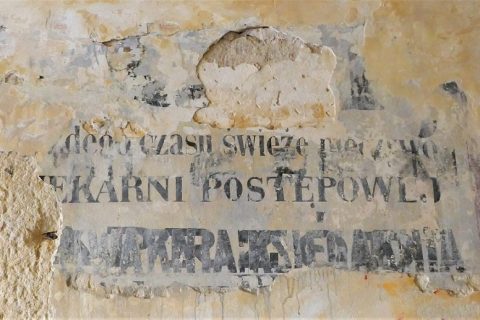Black Gold In Galicia: Oil Boom & Bust In Austria-Hungary
By Chris Wilkinson Oil, that vital resource the modern world needs to exist, does not immediately come to mind when one thinks of Eastern Europe. Oil reserves are most frequently associated with the Middle East, United States, Canada, the North Sea, Mexico and Venezuela among others. Of course the elephant […]
Read More
